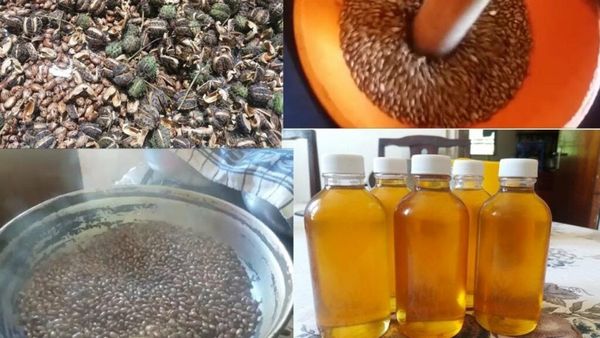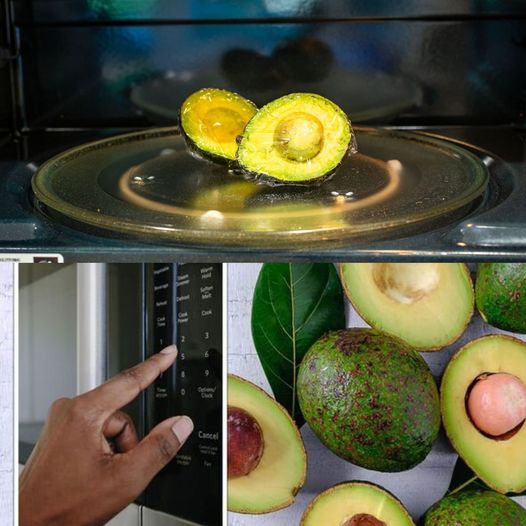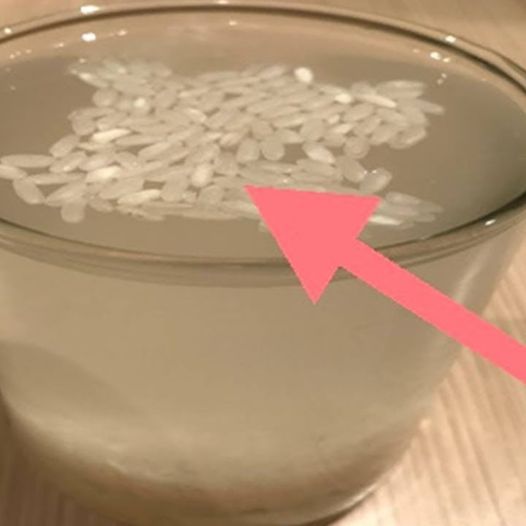Castor oil is a versatile and natural remedy that offers numerous benefits. By making it at home, you can have a fresh supply always within your reach. Follow this simple guide to create your own castor oil and experience the satisfaction of crafting your very own natural remedy.

What You’ll Need
- Castor beans
- Mortar and pestle or a grinder
- Large pot
- Strainer or cheesecloth
- Glass container for storage
Step-by-Step Guide
Gather Your Castor Beans
Begin with high-quality castor beans, which can be found at health food stores or online. Remember to handle them with care as they contain a toxic substance called ricin in their raw state. When processed correctly, castor oil is safe for use.
Clean and Dry the Beans
Thoroughly rinse the castor beans to remove any dirt or debris. Spread them out on a clean surface and allow them to dry completely. This step ensures that no impurities find their way into your oil.
Grind the Beans
Use a mortar and pestle or a grinder to crush the dried beans into a fine paste. This process helps release the oil from the beans. Take your time with this step to ensure thorough grinding.
Boil the Beans
Place the crushed beans in a large pot and add enough water to cover them. Bring the water to a boil and then reduce the heat to let it simmer. Patiently allow the mixture to simmer until you notice the oil starting to rise to the surface. This process usually takes a few hours.
Strain the Oil
Once you observe the oil separating from the bean mixture, carefully strain the liquid through a cheesecloth or a fine strainer into a clean container. This will remove any remaining solid particles, resulting in pure castor oil.
Store Your Castor Oil
Pour the strained castor oil into a glass container with a tight-fitting lid. Store it in a cool and dark place to preserve its freshness. When properly stored, your homemade castor oil can last for several months.
Tips for Using Your Homemade Castor Oil
- Hair Treatment: Massage the oil onto your scalp and hair for a rejuvenating hair treatment.
- Skin Moisturizer: Apply the oil directly to your skin to soothe and moisturize dryness.
- Minor Cuts and Wounds: Incorporate the oil into your natural remedies for minor cuts and wounds.
By making your own castor oil, you can create a valuable product with countless uses. Embrace the joy of crafting your own natural remedy and incorporate it into your daily routine!




